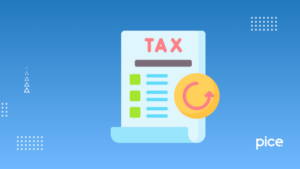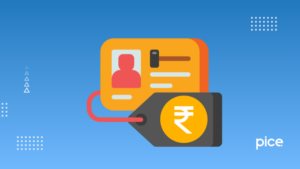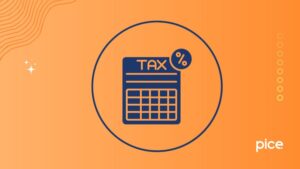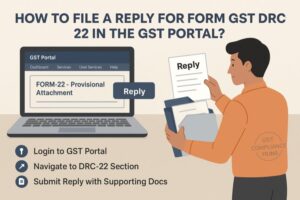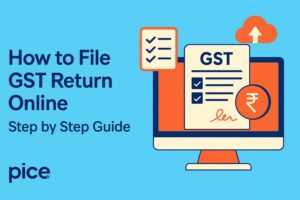How to Sell on Amazon Without a GST Number?
- 4 Oct 24
- 10 mins
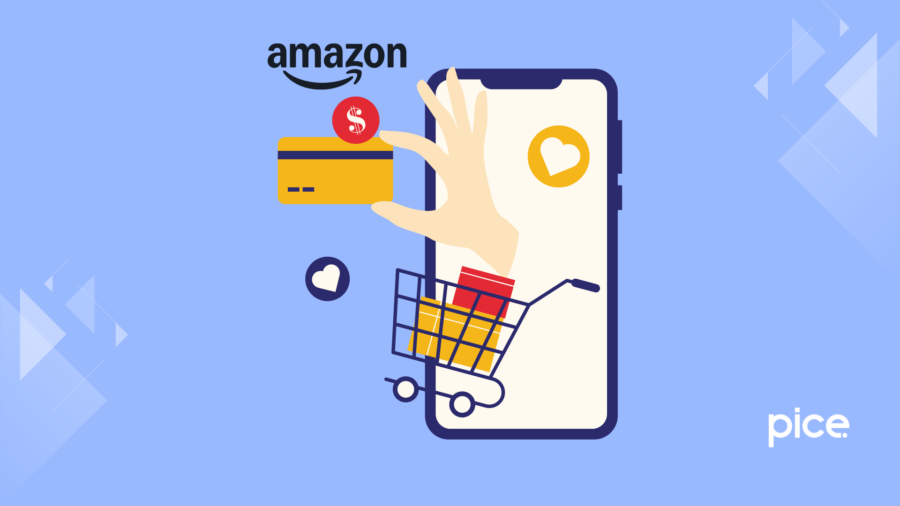
How to Sell on Amazon Without a GST Number?
Key Takeaways
- Sellers can sell GST-exempt products on Amazon without registering for GST, depending on product categories and turnover limits.
- GST registration is mandatory for sellers unless their business deals only in exempt goods or stays below the annual turnover threshold.
- Selling costs on Amazon include referral fees, closing fees, and weight handling fees based on product category and price.
- Amazon offers multiple shipping options like Fulfilment by Amazon (FBA), Self-Ship, and Easy Ship for sellers.
- GST-exempt products on Amazon include certain food items, raw materials, tools, and equipment, among others.
Selling on Amazon benefits sellers as they can cater to the e-commerce platform's wide customer base. Therefore, a proper knowledge of the GST registration process is crucial. While GST registration is mandatory for most sellers, sellers can continue to sell GST-exempt products without a valid registration. It also depends on specific product categories and turnover thresholds.
In this blog, we will discuss how to sell products on Amazon without GST registration, the steps to start your business, the costs of selling and many more.
Steps to Start Your Business on Amazon.in
Follow the step-by-step guide below to start your business on Amazon.in
Step 1: To create your seller account on Amazon, visit the website or Amazon seller Central and tap 'Start Selling.'
Step 2: After logging in, provide your GST number. If you want to be a seller of only GST-exempt goods, click on the option, 'I only sell exempted products.'
Step 3: Once you enter the GST number, tap 'Continue to Verify.' Then, upload the GSTIN certificate (REG-06 with Annexure A and Annexure B). Then, tap on 'Submit GST Document.'
Step 4: Select a name for your store. Ensure the name is unique as it will help you to cater to more customers on Amazon.in. You either select a name by yourself or take an auto-generated suggestion.
💡If you want to pay your GST with Credit Card, then download Pice Business Payment App. Pice is the one stop app for all paying all your business expenses.
Step 5: Provide the details of the pickup address. You can either choose the address already on GST or you can give a new one by tapping on ‘Add New Address.’
Step 6: Select a shipping method. You can either choose 'Easy Ship' or you can choose 'Self Ship.' With an Easy Ship, you only have to pack the customer orders at your pickup location which will be picked and delivered by Amazon. In the case of Self-ship, you also have to deliver the products.
Step 7: Provide the details of your bank account. You must use this account for your business purposes.
Step 8: Select Product Tax Code (PTC) or Default GST Rate. This is used to calculate tax on listings of your product without any tax code.
Step 9: Finally, to launch your store, tap on 'Add Products and Start Selling.' This way you can start listing. Mention product details like descriptions, price, photos, etc.
What Are the Costs of Selling on Amazon?
The following outlines the cost of selling on Amazon:
- Referral Fees (On Basis of Category): This fee is determined based on product category. The referral fee starts at 2% and increases depending on the category of product.
- Closing Fees (On Basis of Price): Closing fee begins at ₹5, but it varies by price range of the product and fulfilment channel. This fee is determined on the basis of the price of the sold item.
- Weight Handling Fees (Shipping Fees): It is the shipping or delivery fee. It begins at ₹29 per item which is shipped. It, however, depends on the distance and volume.
- Other Fees: Certain other fees are applicable on the basis of the program or service. This applies only to some Fulfillment Channel, and other programs or services you have subscriptions.
How to Ship Your Products?
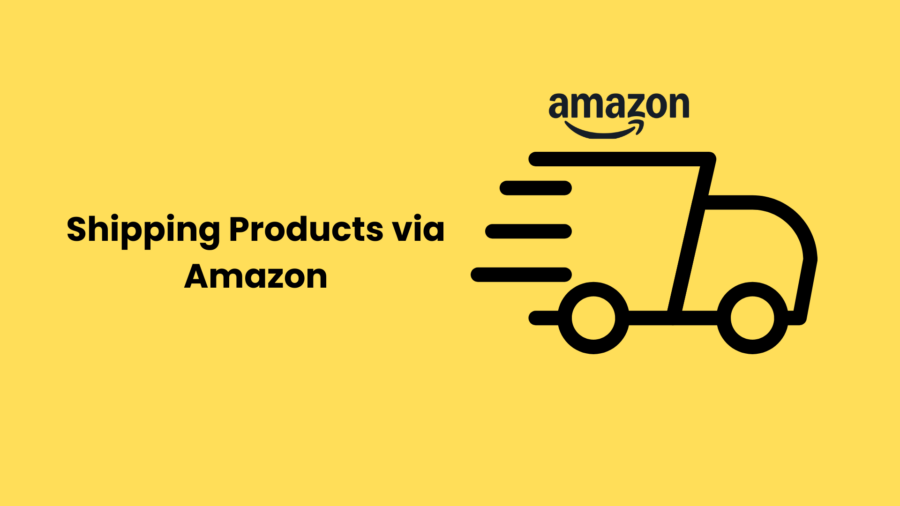
These are the ways by which a seller of Amazon.in can deliver products to customers:
- Fulfilment by Amazon (FBA): In this case, Amazon must not only store but also pack and deliver a seller's products to customers.
- Self-Ship: In the case of Self-Ship, it is a seller's duty to store, pack and then deliver the products to the concerned customers.
- Easy Ship (ES): If a seller selects the option of Easy Ship, the storage and packing of products will be his duty. Amazon will then deliver those products to customers.
How Does FBA Work?
Fulfilment by Amazon (FBA) is a logistics-based program which helps global sellers of Amazon india or exporters to deliver products to customers. This is how FBA works:
Step 1: Customer places an order which you sell on Amazon.
Step 2: If you enrol yourself in the FBA work, the staff of Amazon's fulfilment centre will locate and pick up the product from the shelf. It will be Amazon's duty to further pack the product and ship it so that the customer receives it.
Step 3: The customer service team of Amazon will deal with any queries regarding the product after its delivery.
What Is the GST-Exempt Category?
GST-exempt categories refer to a list of goods or services which do not attract any rate of GST. The categories of GST-exempt supplies are made on the basis of their ITC eligibility and GST implications. The treatment of each supply varies from the other:
- Exempt Supplies: There is no GST applicable on exempt supplies and you cannot claim ITC on the payment. Some examples are curd, fruits, fresh milk, etc.
- Zero-Rated Supplies: GST is applicable on these services at the rate of 0% and you can claim ITC on these supplies. This includes the supplies and exports to Special Economic Zones (SEZs) and SEZ developers.
- Nil-Rated Supplies: A GST rate of 0% is applicable on these supplies. However, you cannot claim an Input Tax Credit. Some common examples are jaggery, salt and grains.
- Non-GST Supply: The laws of GST do not cover these supplies as they fall outside the tax ambit. Some examples like petrol and alcohol (for human consumption) fall under this category.
How Are GST Exemptions Applied?
GST exemptions are applied under the following circumstances:
- State Governments or Central Governments make decisions on certain exemptions to serve the interest of the public.
- GST exemptions may either be absolute or conditional.
- GST Council recommends these exemptions and the announcements are made through notifications.
- In some cases, a public order may grant certain exemptions.
How to Sell Online Without GST Registration?
Every business or seller needs to have a GST registration number. However, certain exceptions are:
- If a business's aggregate turnover which sells goods is less than ₹40 lakhs annually. The amount changes to ₹20 lakhs for northeastern and hill states.
- If a business’s aggregate turnover which provides services is not more than ₹20 lakhs. This amount changes to ₹10 lakhs for northeastern and hill states.
- Taxpayers who neither supply services nor goods.
- Business entities which only sell and distribute agricultural goods.
- Businesses which supply goods or services which are exempt from GST.
In the 48th GST Council Meeting, the Government took a decision that sellers do not require a GST registration for selling on online marketplaces if they fulfil these conditions:
- The total turnover is not more than the threshold limit. The threshold limit is ₹20 lakhs for states which fall under the normal category and ₹10 lakhs for special category states.
- The taxpayer does not engage in interstate supply of goods and services.
To sell on Amazon, a seller needs to have a valid GST number. However, he can provide his PAN details and sell GST-exempt goods or services without a GST number.
List of GST-exempt Products on Amazon
Following is a list of GST-exempt products on Amazon:
- Food Products
- Cereals
- Edible roots, fish, tubers and meat (not processed or packaged)
- Edible fruits and vegetables (not processed or frozen)
- Tender coconut
- Tea leaves (Unprocessed)
- Jaggery
- Coffee beans (Unroasted )
- Seeds
- Salt
- Ginger
- Turmeric
- Betel leaves
- Papad
- Natural honey-Non-branded
- Unpacked paneer
- Bread
- Puffed rice
- Eggs
- Dairy products - milk, curd, buttermilk, lassi
- Aquatic feed
- Cattle feed and poultry
- Supplements
- Raw Materials
- Raw silk, wool, jute
- Khadi fabric
- Silk waste
- Raw jute fibre
- Cotton that is used for khadi yarn
- Firewood
- Handloom fabrics
- Charcoal
- Tools and Equipment
- Hearing aids
- Hand tools such as shovels and spades
- Handmade musical instruments
- Aids for handicapped people
- Miscellaneous Items
- Books, newspapers, maps, journals
- Drawing or colouring books for children
- Postal items, non-judicial stamps
- Educational services
- Beehives
- Live animals (not horses)
- Bangles
- Human hair, semen, blood
- Contraceptives
- Chalk sticks
- Earthen pots
- Kites
- Idols, kumkum, bindi
- National flag of India
- Organic manure
- Gandhi topi
- Vaccines
The Bottom Line
Now that you are aware of how to sell products on Amazon without a GST number, you can establish your online business. A proper understanding of the rules will help you maintain compliance. By using proper marketing strategies and selecting product offerings, you can be a successful seller on Amazon.
 By
By 





